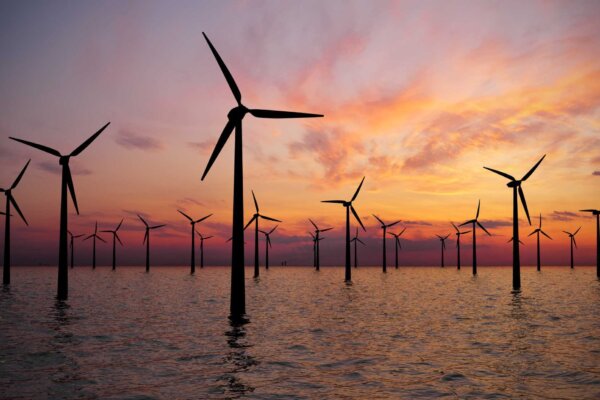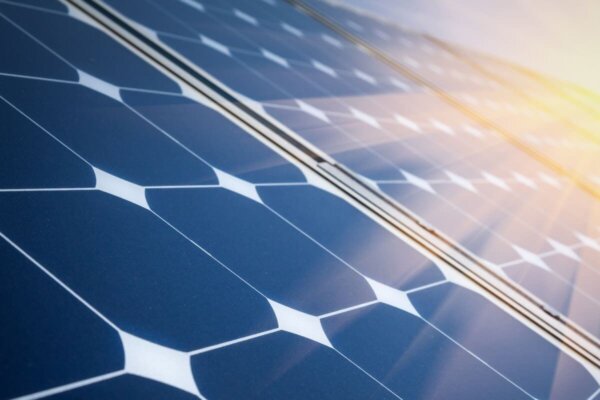First three contracts in Government scheme for green hydrogen have been signed
Contracts for green hydrogen projects located in Cromarty, Whitelee, and West Wales have been signed by the Low Carbon Contracts Company (LCCC), marking the first Government-backed contracts to be signed for the production of green hydrogen in the UK. Green hydrogen is a low-carbon alternative to natural gas that can be used in heavy industry and various hard-to-abate sectors, and is a vital step in decarbonising industries that cannot be easily electrified.
These three contracts have a capacity of 31.8 megawatts (MW) combined, and are part of the first round of the UK Government’s first scheme to provide long-term revenue support for hydrogen projects – Hydrogen Production Business Model Scheme’s Allocation (HAR1)2. The contracts will be followed by eight others that were also part of the HAR1, which will be signed later this year. Similar to the framework seen in the Contracts for Difference (CfD) contract allocations, the Hydrogen Production Business Model Scheme is intended to accelerate the development of the green hydrogen industry and decrease the risks of investment.
Our parent company, Statkraft, also have a number of green hydrogen projects in the pipeline, and we anticipate their contribution to helping the UK reach net zero by 2050. To read more about Statkraft’s green hydrogen projects, visit here.
Negative price periods in Britain have increased six-fold
Research has revealed that negative price periods have increased six-fold in frequency between the years 2022 and 20243. Negative price periods happen when supply is greater than demand, which can result in lower electricity prices for consumers, but can equally cause financial strain for energy generators. The research found the imbalance between supply and demand of energy to be due to decreasing energy demand in the UK and across Europe, coupled with strong economic incentives for renewable energy generation from legacy support schemes.
Since 2010, increases in energy efficiency and reduced output in certain industries has led to a decrease in energy demand by 20%. Although this is expected to change with the electrification of sectors such as heat and transport, delays in electrification have caused the impacts of this to be slower than expected. While older Government support schemes for renewable generation still financially support assets in times of negative pricing, current versions of CfD contracts no longer do this – therefore encouraging assets to respond to negative pricing by curtailing, or “turning off”, their energy generation. Although this is intended to avoid the impact of negative pricing and reduce stress of the grid, this also results in wasting potential renewable energy which could have otherwise been used in other ways, such as in energy storage or the production of green hydrogen.
Although negative pricing may look positive on the surface, increasing negative price periods may make investment in renewable energy generation less appealing. Suppliers and businesses, who forward hedge for their supplies, are also adversely affected by the negative prices if they under-consume. However, the optimisation sector has been able to take advantage of these negative price periods, increasing margins for assets such as Battery Energy Storage Systems (BESS), and therefore increasing the appeal of technologies that provide greater flexibility in the transition to net zero.
To read more about this research, visit here.
Extreme weather could cause 7% decrease in earnings by 2035 for unprepared corporations
Businesses that fail to take climate-resilient precautions are predicted to see a 7% decrease in annual earnings by 2035, according to recent research4. $560 billion per year in asset losses is anticipated to be caused by extreme weather, due to the resulting impact of lower productivity from workers, decreased agricultural yields, damage to infrastructure, and the decline of various ecosystems. Sectors such as energy companies and telecommunications providers, which are asset-heavy, are predicted to be amongst those who will suffer most.
With last year being the hottest on record globally5, it’s clear that the threat of climate change is not distant, and action cannot be postponed without considerable financial repercussions. Nevertheless, the report emphasises that there are many ways that business leaders can take precautions against extreme weather and simultaneously take advantage of opportunities – starting with comprehensive climate risk assessments. Other actions outlined in the report include investing in physical resilience against changing weather, decarbonising assets and operations, as well as consistently monitoring and reporting on risks and progress. In addition, the research states that markets focusing on sustainable and adaptation offerings will grow from $5 trillion, as of 2024, to $14 trillion in 2030, with their early action providing a competitive edge.


